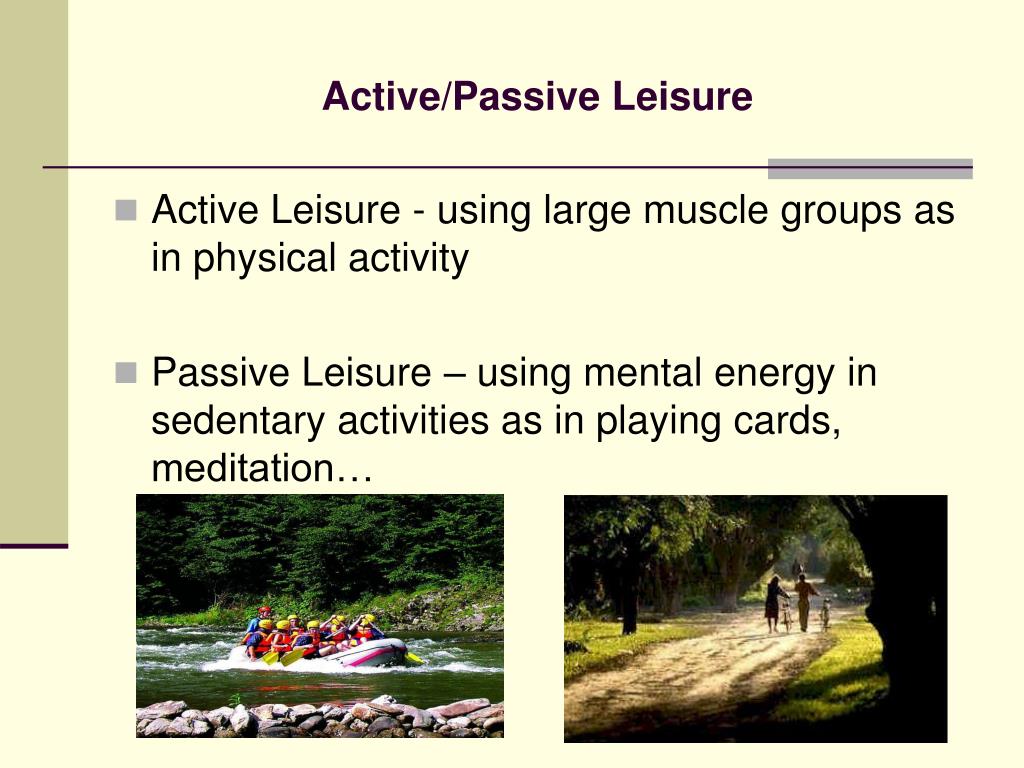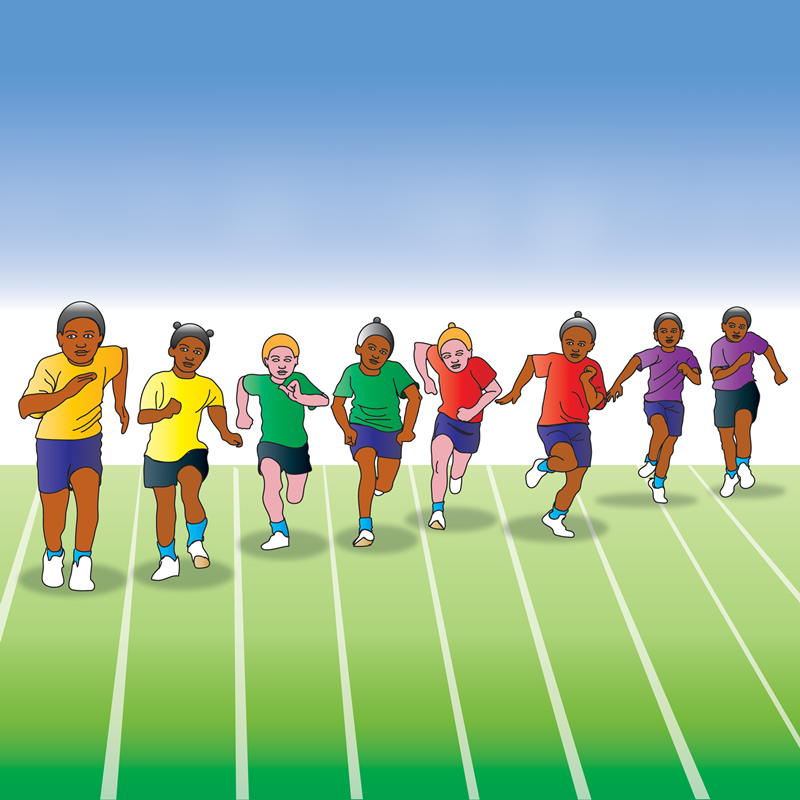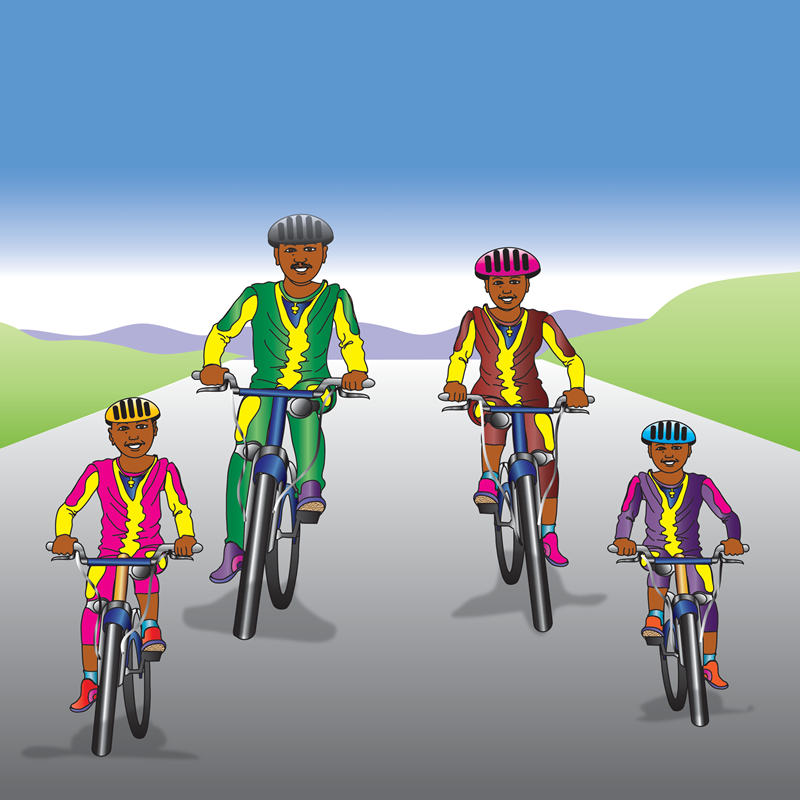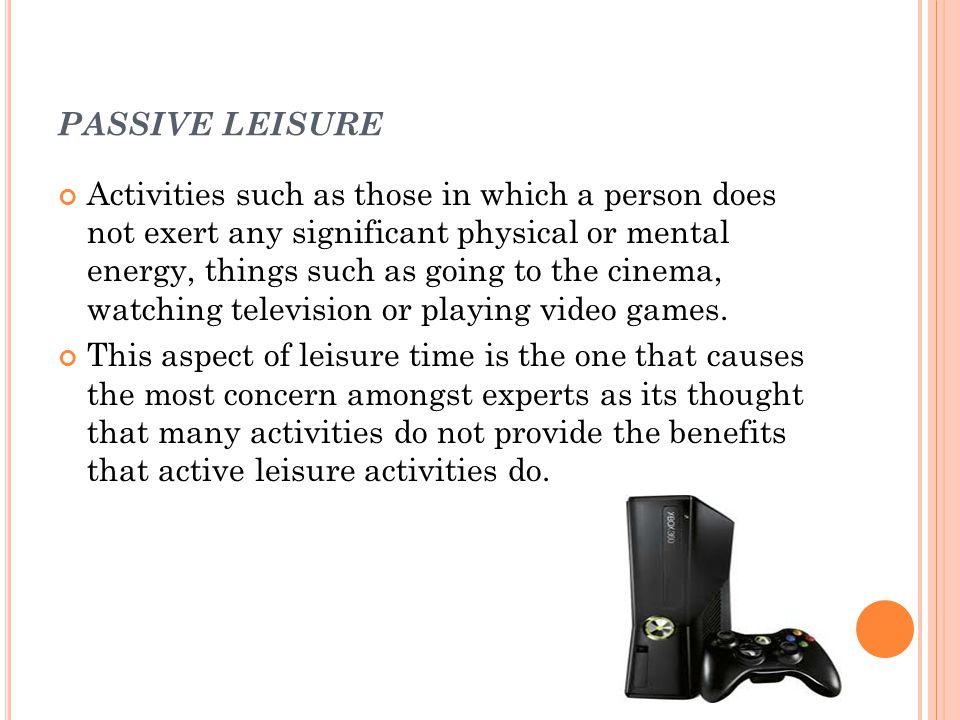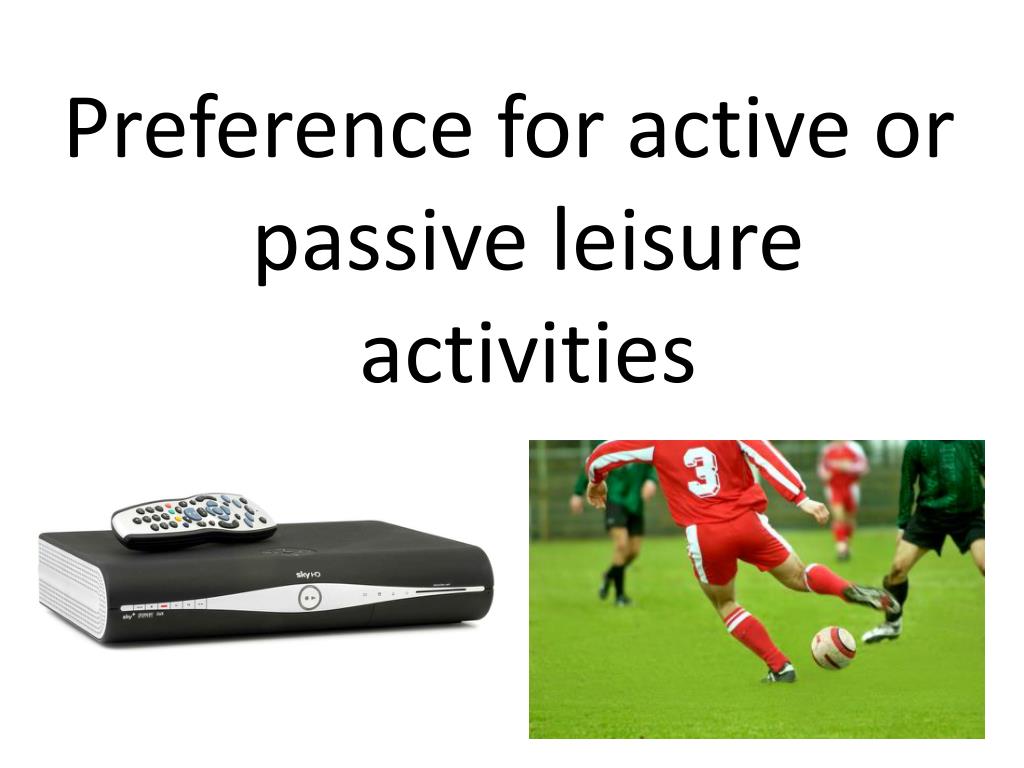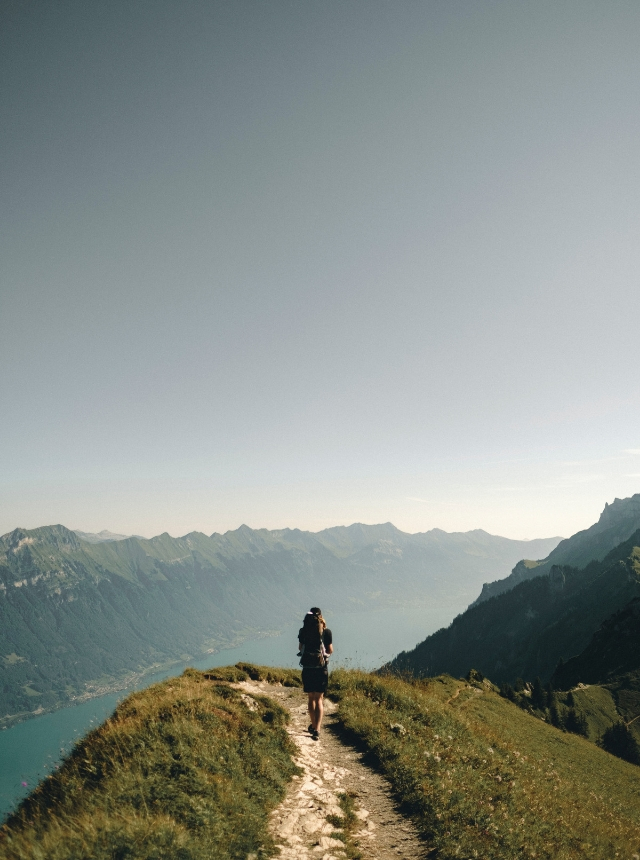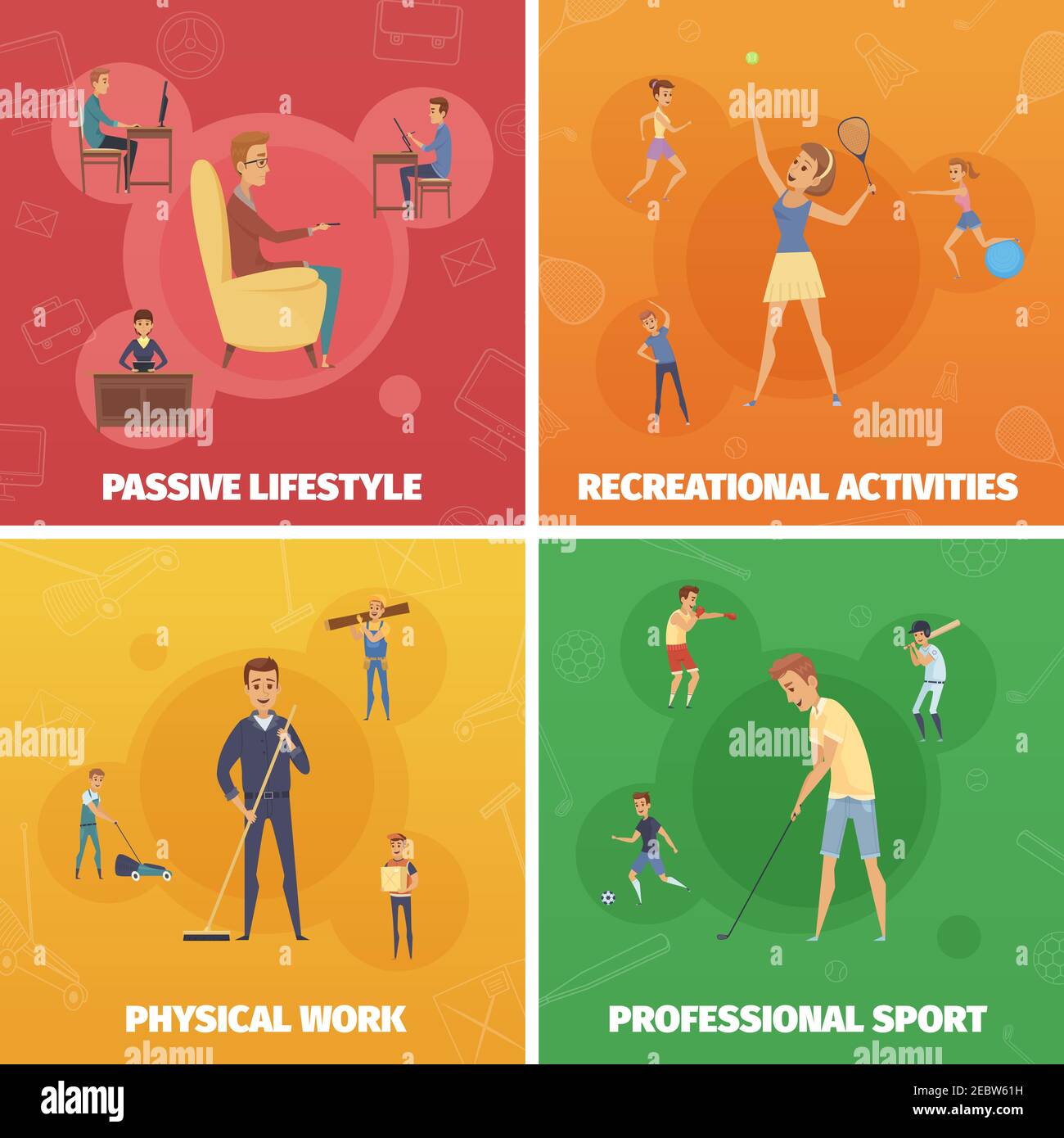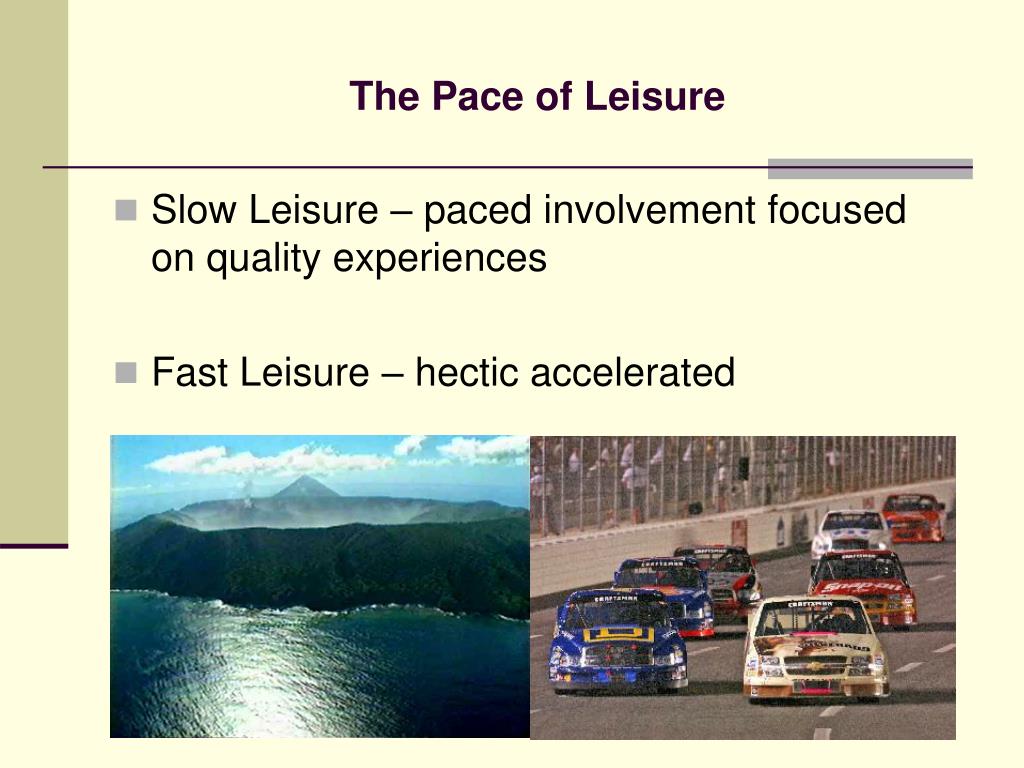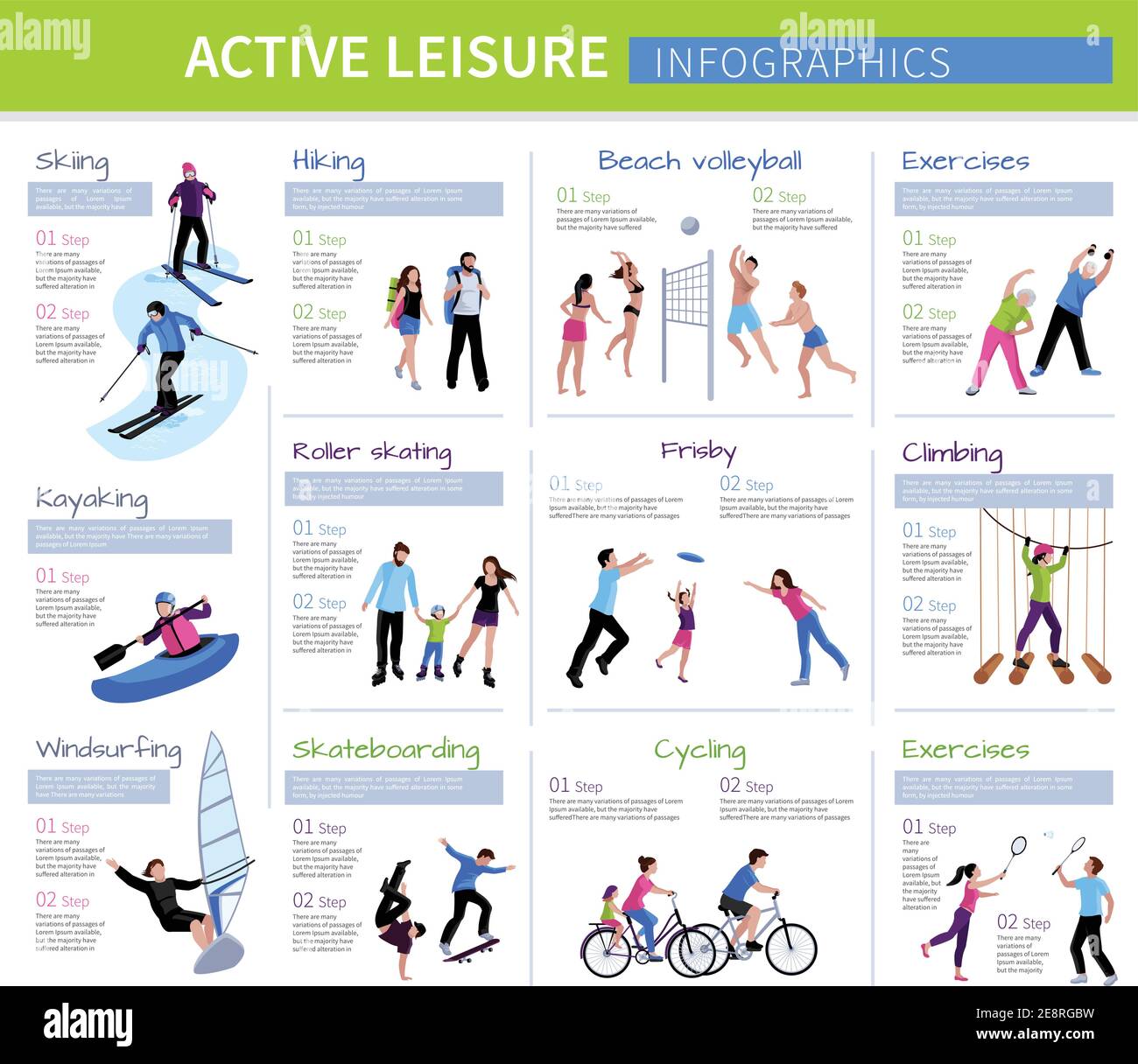Passive Leisure Is Just As Beneficial As Active Leisure

In a society often prioritizing productivity and constant engagement, a growing body of research is highlighting the often-overlooked benefits of passive leisure activities. From reading a book to simply relaxing and listening to music, these activities are proving to be just as vital for well-being as their more active counterparts. This challenges the conventional notion that only physically or mentally demanding hobbies contribute to a fulfilling lifestyle.
At the heart of this shift is a recognition of the crucial role rest and recovery play in overall health. While activities like sports and intellectual pursuits undeniably offer valuable benefits, the ability to disconnect and engage in passive leisure provides a unique form of rejuvenation. This allows individuals to de-stress, process emotions, and recharge their mental and physical batteries.
The Science Behind Relaxation
Studies in recent years have shed light on the physiological impact of passive leisure. Research published in the Journal of Positive Psychology, for example, demonstrated a direct correlation between engaging in relaxing activities and reduced cortisol levels, the hormone associated with stress.
Furthermore, brain imaging studies have shown that passive leisure activates the default mode network (DMN), a brain network associated with self-reflection, memory consolidation, and creative thinking. This suggests that these seemingly unproductive activities are actually crucial for cognitive processing and personal growth.
Dr. Emily Carter, a leading researcher in the field of leisure studies at the University of California, Berkeley, explains: "The DMN is most active when we're not focused on a specific task. This 'down time' is essential for making connections between ideas, understanding ourselves, and fostering creativity."
Challenging Societal Norms
The emphasis on constant activity and achievement in modern society often devalues passive leisure. Many individuals feel guilty for taking time to simply relax, viewing it as unproductive or lazy. This perception can lead to burnout, anxiety, and a diminished sense of well-being.
However, a growing awareness of the importance of work-life balance is beginning to challenge this mindset. Organizations like the World Health Organization (WHO) are increasingly emphasizing the need for adequate rest and recreation as integral components of a healthy lifestyle.
“Prioritizing passive leisure is not about being unproductive, it's about being proactive in taking care of your mental and physical health,” states a recent WHO report on mental well-being. "Allowing yourself time to disconnect and recharge can ultimately lead to increased productivity and creativity in the long run."
The Benefits of Unstructured Time
One of the key benefits of passive leisure is its unstructured nature. Unlike scheduled activities or hobbies with specific goals, passive leisure allows individuals to be present in the moment and simply enjoy the experience.
This can be particularly beneficial for individuals who experience high levels of stress or anxiety. By removing the pressure to perform or achieve, passive leisure provides a safe space for relaxation and self-discovery.
Sarah Miller, a 35-year-old marketing executive, shared her experience: "I used to feel like I always had to be doing something productive. But since I started incorporating passive leisure into my routine, like taking a long bath or listening to calming music, I've noticed a significant improvement in my mood and energy levels."
Incorporating Passive Leisure into Daily Life
Integrating passive leisure into a busy schedule doesn't require drastic changes. It can be as simple as taking a few minutes each day to meditate, read a book, or simply sit in silence and observe the surroundings.
Setting boundaries and disconnecting from technology can also be helpful. Turning off notifications, putting away smartphones, and creating a dedicated space for relaxation can facilitate a deeper sense of calm and rejuvenation.
Practical Tips for Embracing Passive Leisure:
- Schedule dedicated time for relaxation, even if it's just for 15-30 minutes each day.
- Experiment with different activities to find what works best for you (e.g., reading, listening to music, spending time in nature).
- Disconnect from technology during your leisure time.
- Practice mindfulness and focus on the present moment.
- Don't feel guilty for taking time to relax - it's an essential part of a healthy lifestyle.
Ultimately, embracing passive leisure is about prioritizing self-care and recognizing the importance of rest and recovery. By challenging societal norms and making time for relaxation, individuals can unlock a greater sense of well-being, creativity, and overall fulfillment.
